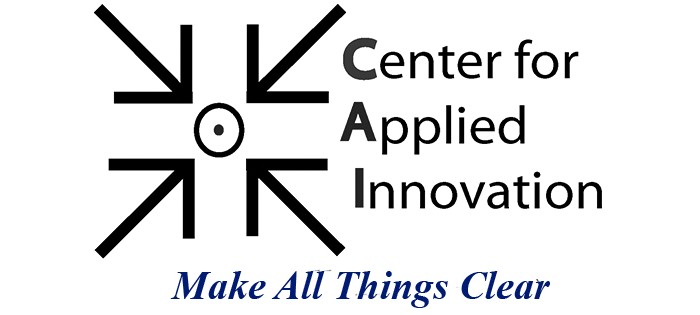CAI has experience and a record of success conducting manpower, workload measures, and workload studies with associated analysis for both Federal and State level clients. Both our manpower and workload efforts can be supported by CAI's proprietary "Time Tracker" that allows us to track actual time staff spends on organization specific Programs, Functions, Tasks and Sub-Tasks (as required) through a simple non-intrusiveness employee interface.
In situations where clients lack adequately identified and defined Functions and Tasks, our proven Value-stream mapping using Shingo Style Analysis and other techniques enables us to define and link them to quality in an output-based structure.
Manpower Studies and Analysis
Our experts analyze the workload and process drivers of agency acquisition and program management offices. We develop a Functional Summary by Work Center to demonstrate logical links to business processes, procedures, and workflows derived from authoritative data sources and personnel interviews.
We start with Organizational Chart(s) and Internal Manning Document(s) and develop then use our proven Delphi Survey method to capture functional area work processes. Working closely with customer subject matter experts we initially document performance in terms of each work function’s priority, stakeholder inputs, agency action, stakeholder outputs, system or database utilized, Governing Documents, frequency and processing times. Our manpower structure development is a living document updated as functions, supporting functions, tasks, meetings, queries, and work are discovered. SME’s then validate the documented data utilized in organizational workflows, or derived metrics based on outcomes.
Our forecasting techniques and decision-making tools to determine current manhours per function, manpower forecasts and future manpower requirements. We apply Delphi technique or trend analysis to assess and predict work load analysis, work force analysis or other outcomes. We validate our analysis through this modeling documenting the results in an authoritative manpower study.
Workload Measures and Studies
By the most generally recognized definition, workload is the amount of work assigned to or expected from a worker in a specified time period. By extension, the Workload Analysis required to produce workload measures is a tool used to predict and plan future work and skill requirements based on historical performance to set the baseline of a specific job. CAI tailors our solution to the customer's operational environment and other factors using the appropriate combination of the time-based and activity-based methods.
The time-based method is commonly used for any job requiring temporal precision while the activity-based method is commonly used for any job requiring quality of result. Measurements required for the time-based method were “on time” and “lead time,” with the implication being reducing the time consumed and additional resources required. However, the time-based method alone does not factor in staffing level impact on quality of service to customers, staff manpower savings possible or achieved through more efficient processes, and other important qualitative variables.
The activity-based method requires measurements of the quality of the result and the quantity of the result with implications that include the improvement of resource capabilities and improvement of the process. The major shortfall in the time-based method remains its focus on speed of service at the expense of quality of service.
Effective manpower in an outcomes-based organization requires a quality of service approach. Speed of service is an element of quality, but simply measuring the time required to execute tasks without linking them to a target quality metric or level of performance should not be the driving factor as it was in previous studies. Staff required should not be predominantly a time-based approach. The measures required must, therefore, include both Measures of Performance and Measures of Effectiveness.
Team CAI uses a blended approach that includes aspects of both methodologies with the understanding that for customers speed of service is a critical component as is measure of quality of service.
